Although newly found interest in the People's republic of China has focused attention on the subject of acupuncture, it had not been an unknown procedure in the Western World before that. It has also long been known, both in china and outside, that it is not always necessary (and sometimes not even desirable) to pierce the skin with needles to obtain a beneficial result from stimulating the acupuncture sites or loci.
Indeed, physiotherapy machines manufactured in this country many years ago had offered anatomical guides as to where the body should be massaged to gain the greatest relief for the various disabilities which physiotherapy treats. These points were called motor points, and they correspond amazingly close to many of the points on the Chinese acupuncture charts. Furthermore, at least some of the benefit that certain western-type therapy such as chiropractic and osteopathic treatments achieve can be attributed to stimulating the acupuncture sites.
It must be understood that although the world acupuncture comes from the Latin and means to pierce the skin with a needle, and almost all of the publicity about the art centres around needling (which is the closest translation of the Chinese meaning), there are other ways to stimulate the acupuncture sites. At this stage of our knowledge of his ancient and still mysterious treatment, the needle with or without electric stimulation still is the most sensational form of therapy and is the most widely used. However, stimulating the sites with ultrasonic waves, placing direct heat (moxibustion) into them or over them, sewing catgut from one site to another, using suction cups over the sites, injecting the sites with chemicals to irritate and stimulate them, all have been tried with success, although with various degrees of morbidity. One of the simplest, safest, yet still effective methods of stimulating the sites is called pressure acupuncture or acupressure – an Oriental massage in which the fingers are pressed on particular points of the body to ease aches, pains, tension, fatigue, and symptoms of disease, and it is with this form of treatment that this manual is concerned.
The advantages of such a method of treatment are self evident. The possibilities of home use, optimum repetition of therapy and greater safety become clear. The only question that may remain to the prospective user is will it be beneficial? The answer to that is a qualified yes. Qualified because needle acupuncture itself will not work on everything, not even on everything that some of its advocates claim it will. Nor will pressure acupuncture work on every disease. But it can be of great benefit for those diseases which its nature has designed it to treat. And it can treat certain things better than needle acupuncture can – if it is correctly used.

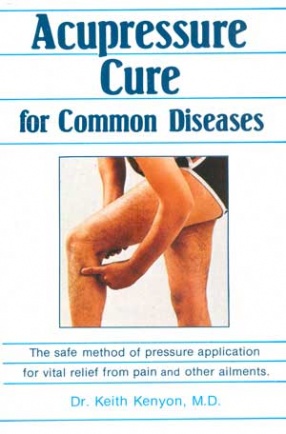
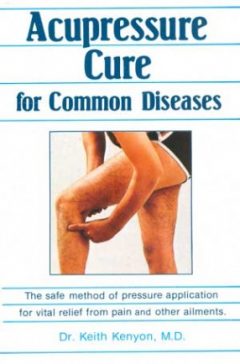
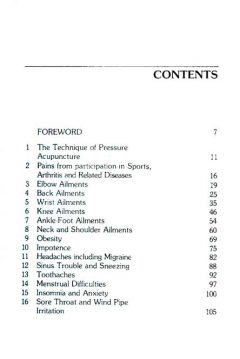
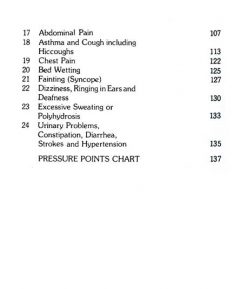
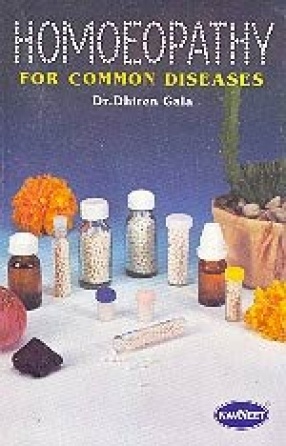

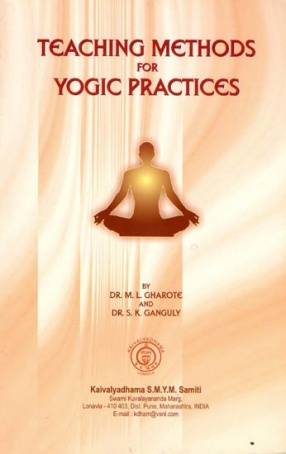
There are no reviews yet.